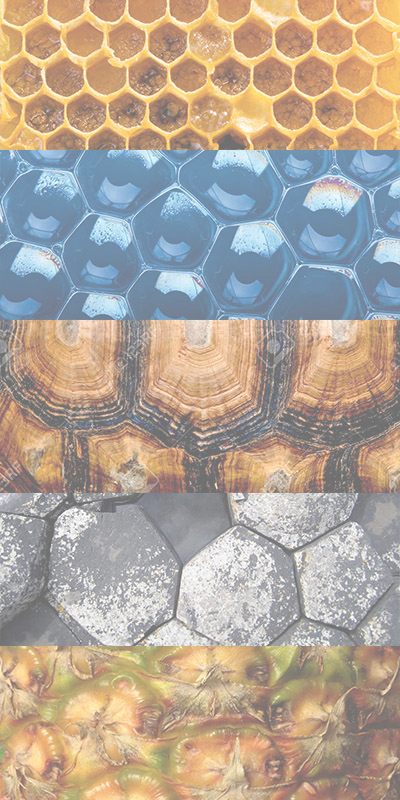The research project «Paradigms of Ubicomp» is an artistic approach to the overall context of distributed intelligence, already stated by Mark Weiser in 1991, experimentally as well as theoretically and conceptually. We also call the spatial implementations «ubiCombs» as we have combined Weiser’s term «Ubiquitous Computing» with the ubiquitous hexagon shape of the honeycomb. The project includes two experiments, Journey and Periphery, both of which introduce us to techno-social hybrid states that are a central pillar of our contemporary existence. The implemented technological sensor-actuator systems enable situational coupling with humans and provide a playful approach to a highly mediatized field of hybridity.
The experiment Journey is an artistic attempt to build an environment that serves the purpose of rendering the techno-social hybrid condition of our everyday present perceivable. It is an immersive journey that translates between a curious user and a vigilant technological system and that, just like any other journey, may be perceived as an end in itself. The processes of social sense-making and technologic sensing are not separable from one another, rather they have to be viewed as somewhat complimentary. The whole issue of agency shall also be reframed as a relation rather than illustrating individually held qualities.
The experiment Periphery is a more applied approach in the context of work and organizational psychology. It is used to investigate design principles for environmental information systems in work environments. Bio-data and user behavior patterns are recorded in real time, audio-visualized and fed back via devices integrated into the furniture. Learning and habituation processes, which take place during the performance of everyday tasks, are central to this. The term periphery also refers to Mark Weiser’s theories, to the calm technologies embedded in the environment, which, depending on the context, move fluidly back and forth between the center and the periphery of human attention.


